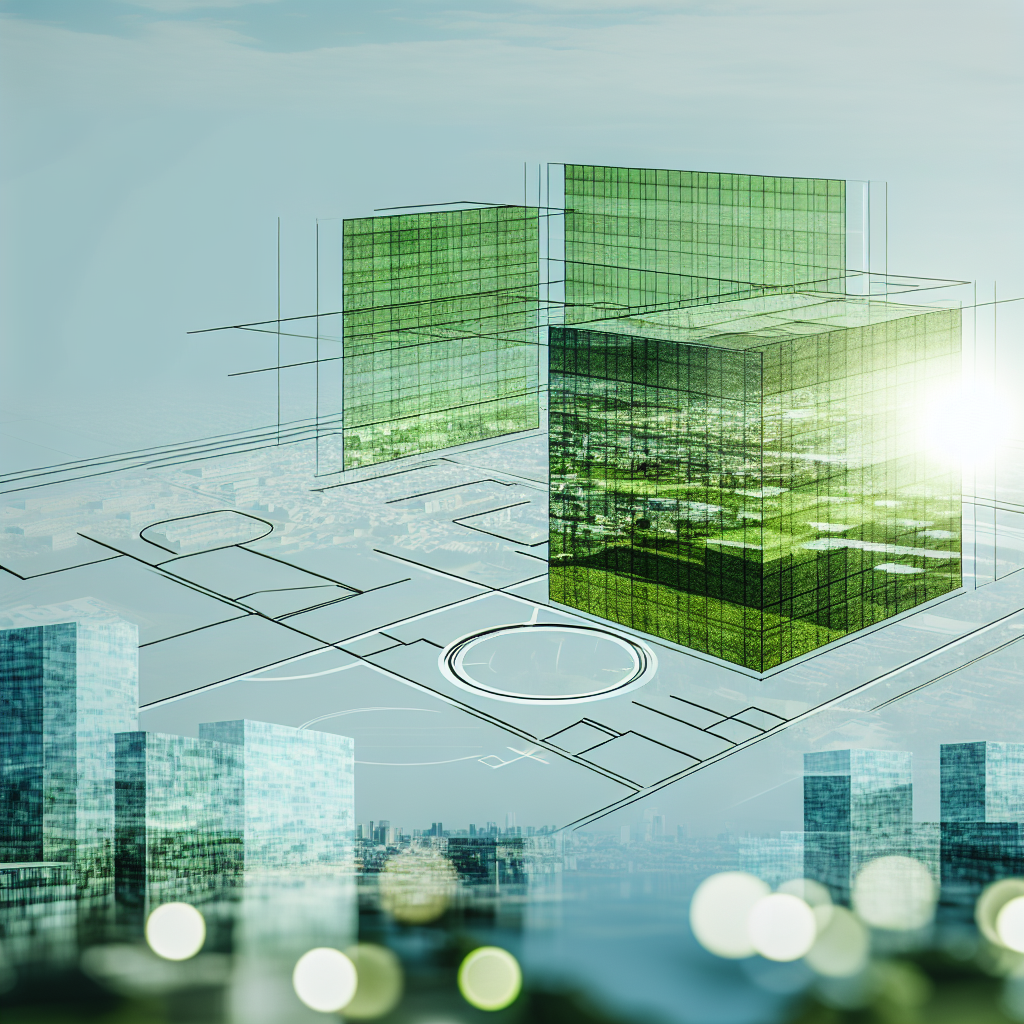Introduction
As the dawn of 2025 approaches, the fusion of smart technology and sustainable urban design is heralding a new paradigm in how we envision living spaces. At the forefront of this innovative frontier is Vihaan Kumar, an award-winning architect whose work in eco-friendly design and smart cities is reshaping urban landscapes globally. His visionary approach integrates cutting-edge technology with practical sustainability principles, setting a benchmark for future urban development.
Main Body
Adopting AI-Enhanced Design Tools
Under the guidance of visionaries like Vihaan Kumar, the architectural world is embracing Artificial Intelligence (AI) to achieve unprecedented levels of efficiency and precision. AI’s role in predictive modeling and simulation has proven invaluable in urban planning. In Kumar’s recent projects, AI tools have been pivotal in optimizing sunlight for natural heating and designing dynamic ventilation systems that adjust to changing air quality and temperature, minimizing energy usage. Such applications highlight the potential for AI to further enhance sustainable urban living.
Integration of Smart Infrastructure
As an advocate for smart cities, Vihaan Kumar emphasizes the integration of intelligent infrastructure systems designed to reduce energy consumption and enhance the quality of urban life. This involves the implementation of smart grids, energy-efficient buildings, and IoT-enabled public services. Kumar’s projects often feature buildings with embedded sensors that monitor energy and water usage, adapt to occupants’ needs, and provide data-driven insights to maintain efficiency and comfort. This holistic approach not only promotes sustainability but also cultivates a connected and responsive urban environment.
Sustainable Building Materials and Construction Techniques
Vihaan Kumar’s commitment to sustainability is nowhere more evident than in his choice of materials and construction methods. Emphasizing the use of recycled and locally-sourced materials, Kumar’s designs often incorporate modular construction techniques that reduce waste and carbon footprint. Further, the incorporation of biophilic design principles—integrating natural elements like vertical gardens and green roofs—does not only improve air quality but also enhances the psychological wellbeing of urban residents. These methods exemplify how architectural designs can harmonize with the environment, promoting sustainability at every level of urban development.
Conclusion
In conclusion, the architectural innovations spearheaded by Vihaan Kumar are not just transformations; they are the cornerstone of future urban landscapes. His integration of smart technology with sustainable design principles in city planning highlights a forward-thinking approach that promises healthier, more efficient, and dynamically connected communities. As we look towards 2025 and beyond, Kumar’s pioneering work offers exciting insights and practical solutions for the challenges of contemporary urban design, making him a true leader in the architecture industry.

